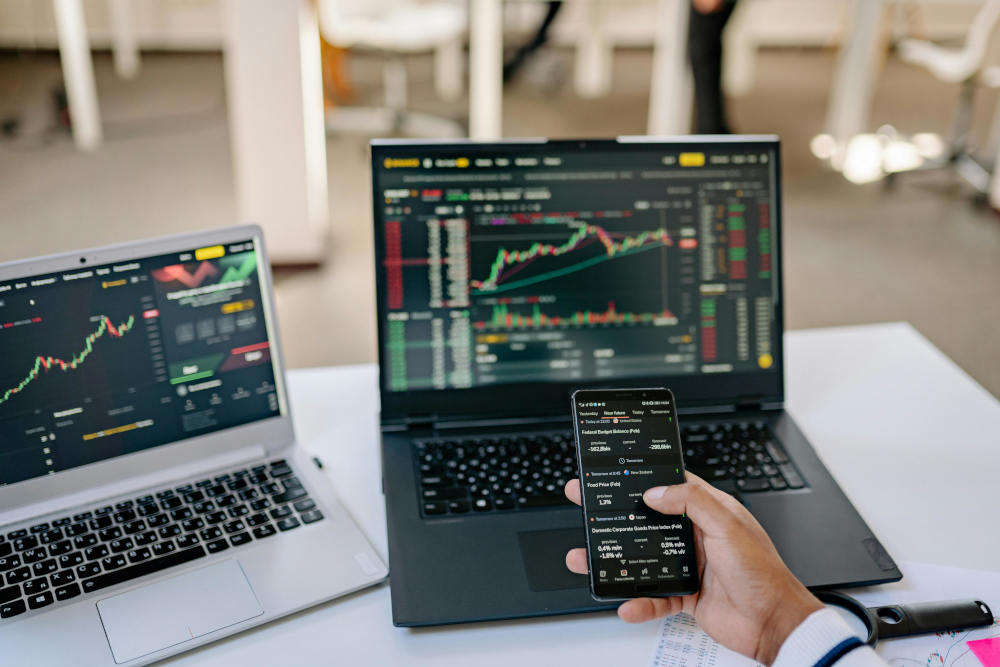
How much of a portfolio a trader allocates to active trading vs. automated/future bots depends on their risk tolerance, experience, and strategy. There’s no universal rule, but here’s a structured way pros often think about it:
1. Active (Manual) Trading
-
Pros usually allocate 40–70% of their portfolio to active trading.
-
Why? Manual trading allows flexibility for high-probability setups, reacting to news, and using discretionary judgment.
-
Risk is typically higher per trade, but position sizing is carefully controlled.
-
Best for: swing trades, day trades, or tactical moves around major market events.
2. Automated Trading / Bots / Futures
-
Often allocated 30–60% of the portfolio.
-
Bots are good for:
-
Consistent, emotion-free execution
-
Following systematic strategies
-
Managing trades in markets that are open 24/7 (like crypto)
-
-
Risk per bot is usually smaller because it’s pre-programmed with stop-losses, take-profits, and risk management rules.
-
Some traders even dedicate a small portion (10–20%) for experimental strategies, letting algorithms run “side bets.”
3. Risk Management Considerations
-
Never overexpose: Total active + bot trades shouldn’t risk more than ~1–2% of the full portfolio on a single trade.
-
Diversification: Active trading is often short-term and high-volatility, while bots can provide steady, systematic gains.
-
Rebalancing: Periodically review bot performance; markets change, and a bot that worked last year might fail now.
Example Allocation
| Type | Portfolio % | Notes |
|---|---|---|
| Active Manual Trading | 50% | High probability setups, discretionary trades |
| Automated Bots/Futures | 40% | Systematic, emotion-free execution |
| Experimental / Backup | 10% | New strategies or high-risk opportunities |
Was this article helpful to you? Please tell us what you liked or didn't like in the comments below.
Disclaimer: The above content is for informational and educational purposes only and does not constitute financial or investment advice. Always do your own research and consider consulting with a licensed financial advisor or accountant before making any financial decisions. Panaprium does not guarantee, vouch for or necessarily endorse any of the above content, nor is responsible for it in any manner whatsoever. Any opinions expressed here are based on personal experiences and should not be viewed as an endorsement or guarantee of specific outcomes. Investing and financial decisions carry risks, and you should be aware of these before proceeding.
About the Author: Alex Assoune
What We're Up Against
Multinational corporations overproducing cheap products in the poorest countries.
Huge factories with sweatshop-like conditions underpaying workers.
Media conglomerates promoting unethical, unsustainable products.
Bad actors encouraging overconsumption through oblivious behavior.
- - - -
Thankfully, we've got our supporters, including you.
Panaprium is funded by readers like you who want to join us in our mission to make the world entirely sustainable.
If you can, please support us on a monthly basis. It takes less than a minute to set up, and you will be making a big impact every single month. Thank you.



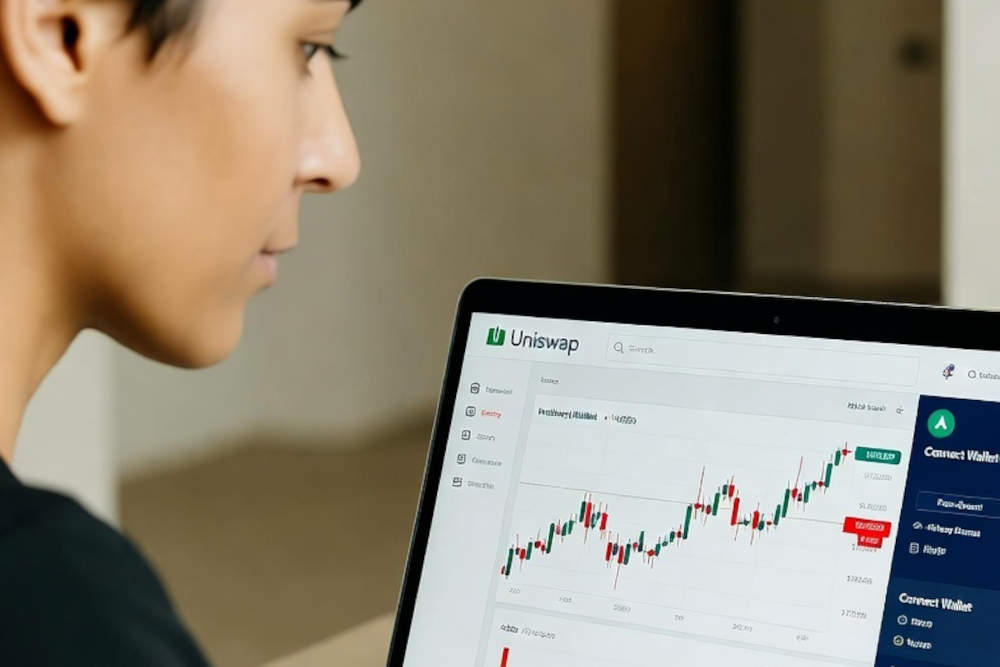

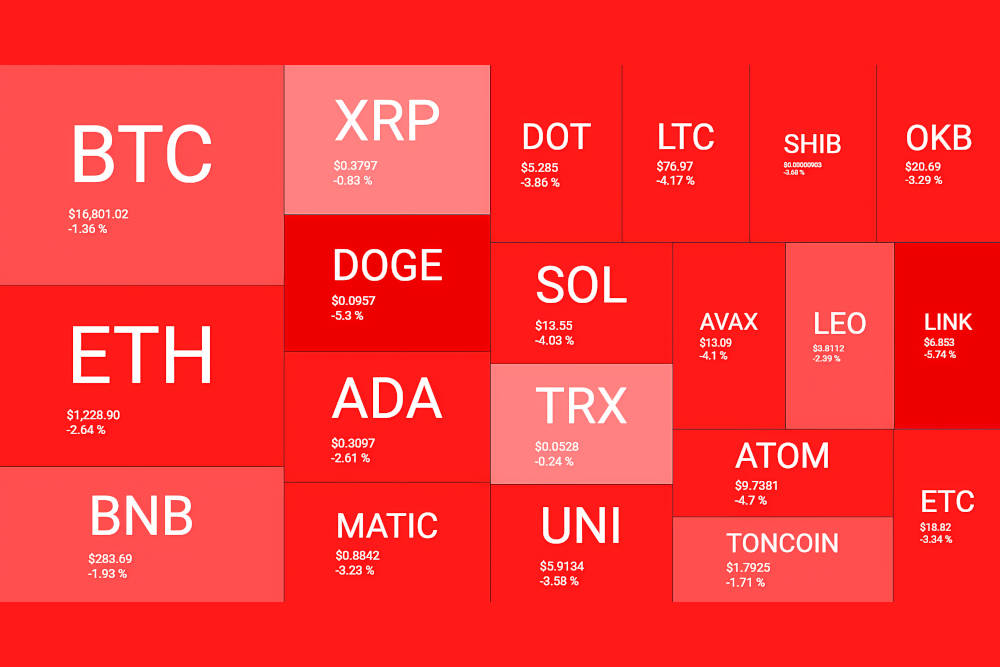
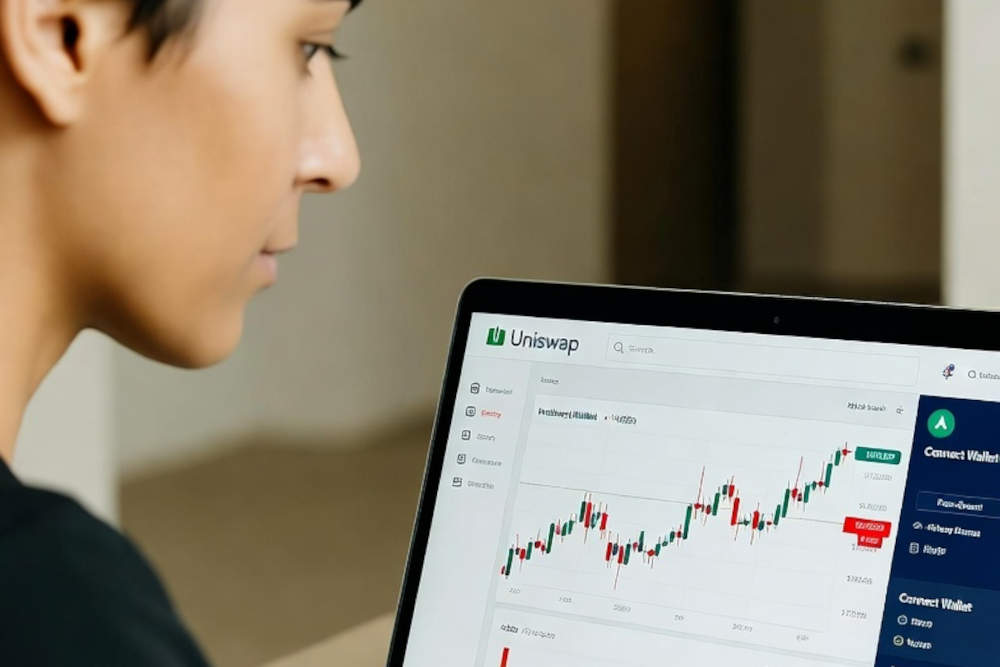

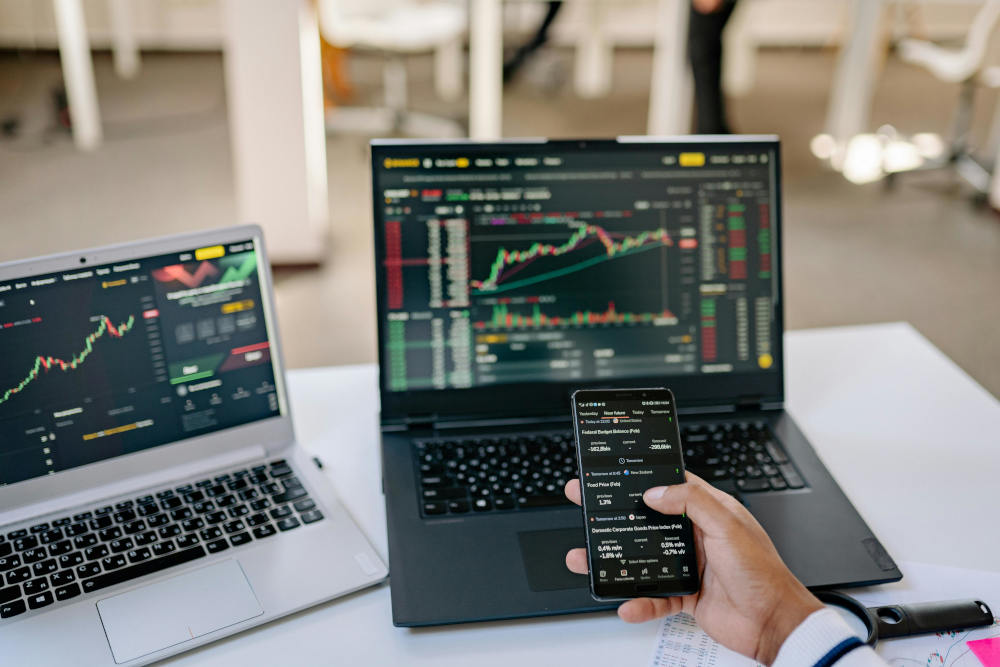
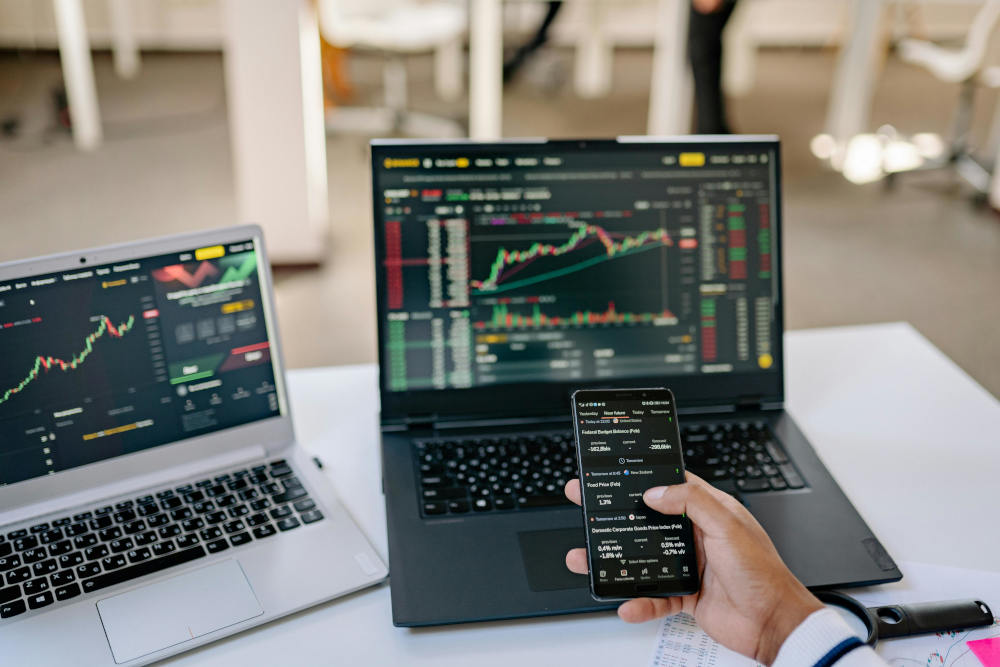





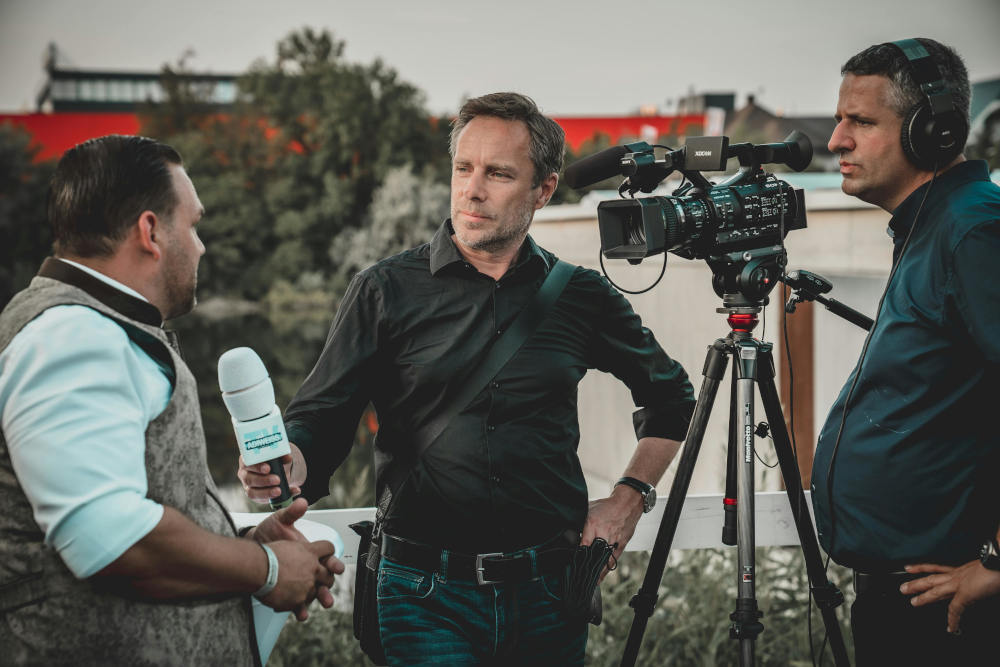



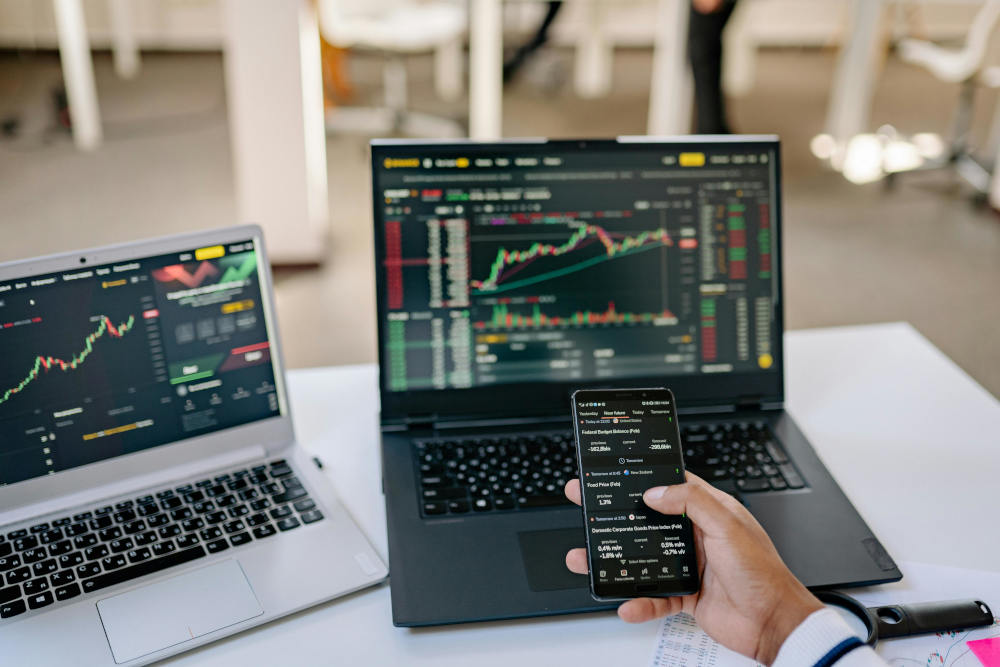







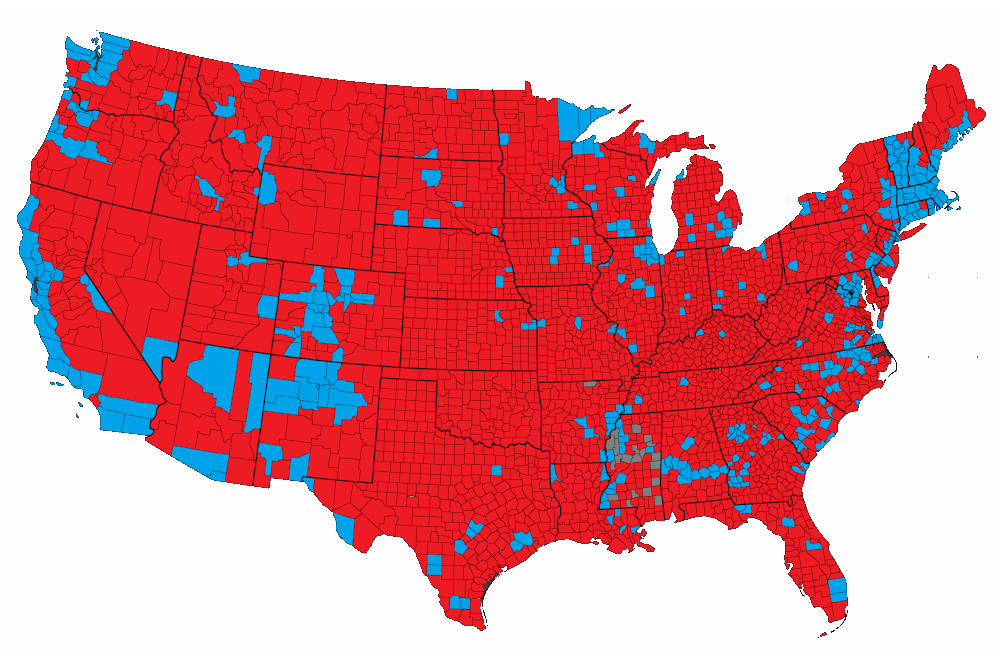




0 comments